Pigeon peas are commonly called red grams. Since ancient times, farmers have cultivated red gram in India. According to demand, Red Gram ranks second after Bengal Gram as one of the most important pulse crops. The red gram has grown annually, but the tur varieties grow like perennials. The plants are bushy and densely branched, with a height of about 150 cm to 300 cm depending on type and management practices.
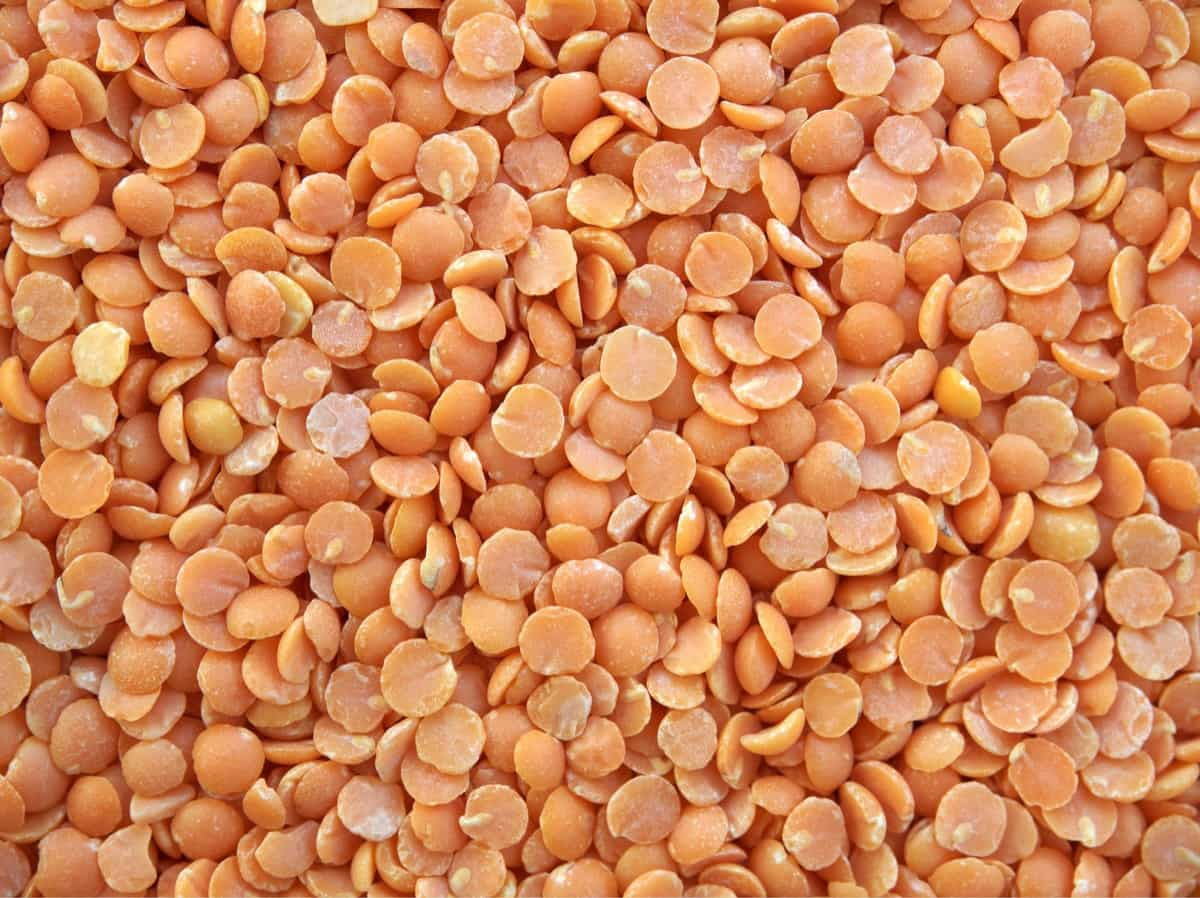
It bears tap roots with well-developed lateral or secondary roots that consist of nodules on them like any other leguminous plant. The stem is strong, woody, and round but slightly ridged during the active growth period having numerous branches. The leaves are pinnately compound and trifoliate with oblong, lanceolate leaflets.
The flowers are arranged in racemes order. In the evening, they open and stay open until noon the next day. Flowers, pollination, pod setting, and pod characteristics are similar to those of other papilionaceous plants. Unfortunately, red gram is susceptible to various pests and diseases. Pests and diseases that affect the red gram crop and their control methods will be discussed in this article.
Pest and disease management in Red Gram
Common disease in Red gram
Wilt
Wilt disease of Red gram is caused by Fusarium oxysporum f.sp udum. Its perfect stage is recognized as Gibberella indica. The fungus produces macroconidia, microconidia, and chlamydospores. The disease is prevalent throughout the pigeon pea-growing regions of the world, including India, Kenya, Malawi, Tanzania, and Mozambique. Wilt disease can cause a 30-100% loss in grain yield
Disease symptoms
- Foliage sometimes turns bright yellow before wilting due to slight chlorosis.
- On wilted plants, leaves are retained. Browning of the xylem vessels from the root system to the stem is the initial symptom of wilt.
- A partially wilted plant develops brown or dark purple bands on its stem surface as the xylem develops black streaks.
- Some branches dry from the top down, especially in the later stages of crop growth, but the lower portions do not show symptoms.
- Dry branches can also be found on the plant’s lower part.
- The main stems of such plants show intensive blackening of the xylem when split open.
- The basal portions of wilted plants commonly exhibit pinkish mycelial growth in humid weather.
In case you missed it: Pest and Disease Management in Black Gram: Causes, Symptoms, Chemical, and Biological Control
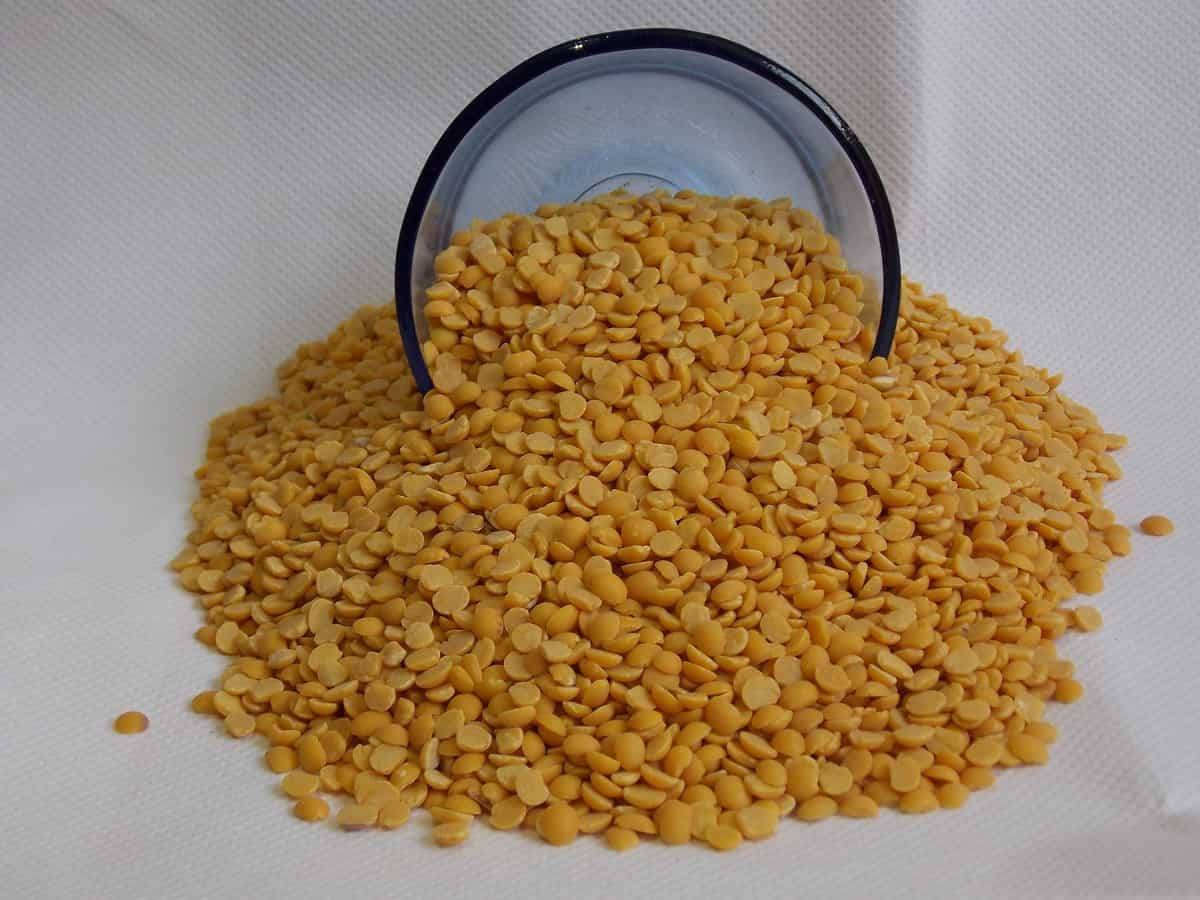
Chemical control and Management
- Avoid successive cultivation of red gram in the same field.
- Try crop rotation with tobacco and mixed cropping with sorghum in the field.
- The approach can be applied with the combination carbendazim seed treatment at 2 g/kg of seeds + Trichoderma viride at 1 kg/acre and farm yard manure at 20 kg/acre
Sterility Mosaic Disease
Red gram sterility mosaic is a significant disease of the Red gram. SMD is distinctive in stunted and bushy plants, reduced-size leaves with chlorotic rings or mosaic symptoms, and partial or complete cessation of flower production. The causative agent of the disease is Pigeonpea sterility mosaic virus (PPSMV), a single-stranded RNA genome virus with a segmented, negative sense, transmitted semi-persistently by the eriophyid mite Aceria cajani. The sterility mosaic virus affects several genotypes of cultivated and wild relatives of the Red gram.
Damage symptoms
- The bushy and pale green appearance of plants characterizes the Symptoms—the excessive vegetative growth, stunting, prominent mosaic on leaves, and reduction in leaf size.
- Complete or partial cessation of flowering leads to sterility. Depending on genotype, three types of symptoms are recognized.
- Severe mosaic and sterility
- Mild mosaic and partial sterility
- Chlorotic ringspot without any noticeable sterility
Chemical control
- Rogue out infected plants up to 40 days after sowing.
- Spray Monocrotophos at 200 ml/acre soon after the appearance of the disease and if necessary, repeat after 15 days.
- Spraying with Fenazaquin at 1 ml/liter soon after the appearance of the disease and, if necessary, repeat after 15 days.
Stem blight
It is a contagious disease that spreads quickly. The fungus damages the tissues at all stages of the stem’s development. Therefore, stem blight treatment must begin before you plant the seeds if you want them to be effective. Warm, wet weather is ideal for stem blight fungus growth. Fungus spores can spread by air or soil. The fungus can overwinter in the soil and plant debris in milder climates.
In case you missed it: Top 16 Steps to Boost Chickpea/Bengal Gram Yield: How to Increase Production, Quality, and Tips
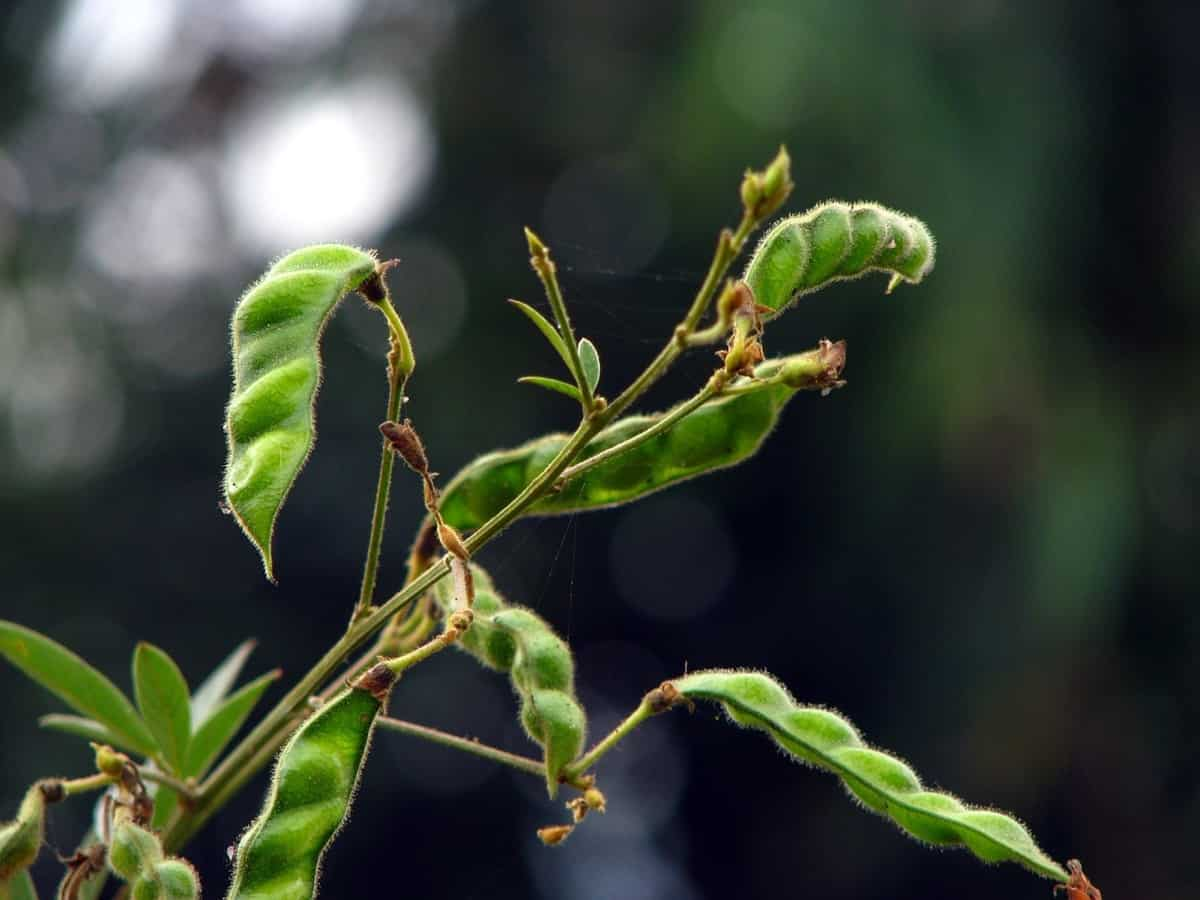
Damage symptoms
- Initially, purple to dark brown necrotic lesions girdle the stem’s basal portion and may later occur in aerial parts.
- Initially, lesions are small and smooth, later enlarging and slightly depressed. Finally, infected tissues become soft, and the whole plant dies.
- In grown-up plants, infection is mostly confined to basal portions of the stem. As a result, the infected bark becomes brown, and the tissue softens, causing the plant to collapse.
- In the leaf, localized yellowing starts from the tip and margin and gradually extends toward the mid-rib.
- The center of the spots later turns brown and hard. Finally, the spots increase in size and cover a major portion of the lamina, leading to drying.
Chemical control and Management
- Treat the seeds with Metalaxyl at 6 g/kg.
- Alternatively, spray Metalaxyl at 200 g/acre.
- Adjust the sowing time so crop growth does not coincide with heavy rainfall.
Dry root rot
Dry root rot is caused by the fungus Rhizoctonia bataticola, an emerging disease. The disease is often mistaken with other root rots like Fusarium wilt, collar rot, and black root rot in red gram. Therefore, its timely and specific detection is important. The primary spread of the disease is by seed and soil. Secondary spread is by air-borne conidia. The pathogen survives in the soil as a facultative parasite and dead host debris.
Damage symptoms
- The disease occurs both in young seedlings and grown-up plants.
- Infected seedlings can show reddish-brown discoloration at the collar region.
- The lower leaves show yellowing, drooping and premature defoliation. The discolored area later turns black, and the sudden death of the plants occurs in patches.
- The bark near the collar region shows shredding. The plant can be easily pulled off, leaving the dark rotten root in the ground.
- Minute dark sclerotia are seen in the shredded bark and root tissues. A large number of brown dots on the stem represents the pycnidial stage of the fungus.
Chemical control and Management
- Treat the seeds with carbendazim or thiram at 2g/kg or pellet the seeds with Trichoderma viride at 4 g/kg
- Apply heavy doses of farm yard manure or green leaf manure or apply Neemcake at 60 kg/acre
Powdery mildew
Their diseases are common, widespread, and easily identifiable. High humidity favors fungus infection, but free water does not. Typically, powdery mildew fungi have a very narrow host range. The powdery mildew fungi grow superficially or epiphytically on plant surfaces, unlike most fungal pathogens. Hyphae are formed on upper and lower leaf surfaces during the growing season, although some species produce hyphae only on one leaf surface. Stems, flowers, and fruits can also become infected.
Damage symptoms
- It is Oidiopsis powdery mildew in which the mycelium is endophytic.
- Usually, older leaves show symptoms first. There will be premature defoliation of affected leaves.
- The affected leaf shows powdery patches on the lower surface, corresponding with yellowing on the upper surface.
- Leaf edges curl upwards, exposing the white, powdery fungal growth
- Purple to reddish blotches may also develop on leaves.
- Tiny, round, black fungal structures may also be present on the underside of the leaves
Chemical control and Management
- Apply with Neem Seed Kernel Extract (NSKE) 5% or Neem oil 3% twice at ten days intervals from the initial disease appearance.
- Spray Carbendazim 1g/lit or Wettablesulphur 2.5g/lit.
- Spray carbendazim 80g/acre or wettable sulfur 800g/acre at the onset of the disease, then repeat after 15 days.
In case you missed it: Top 19 Steps to Boost Green Gram Yield: How to Increase Production, Mung Bean Quality, and Tips
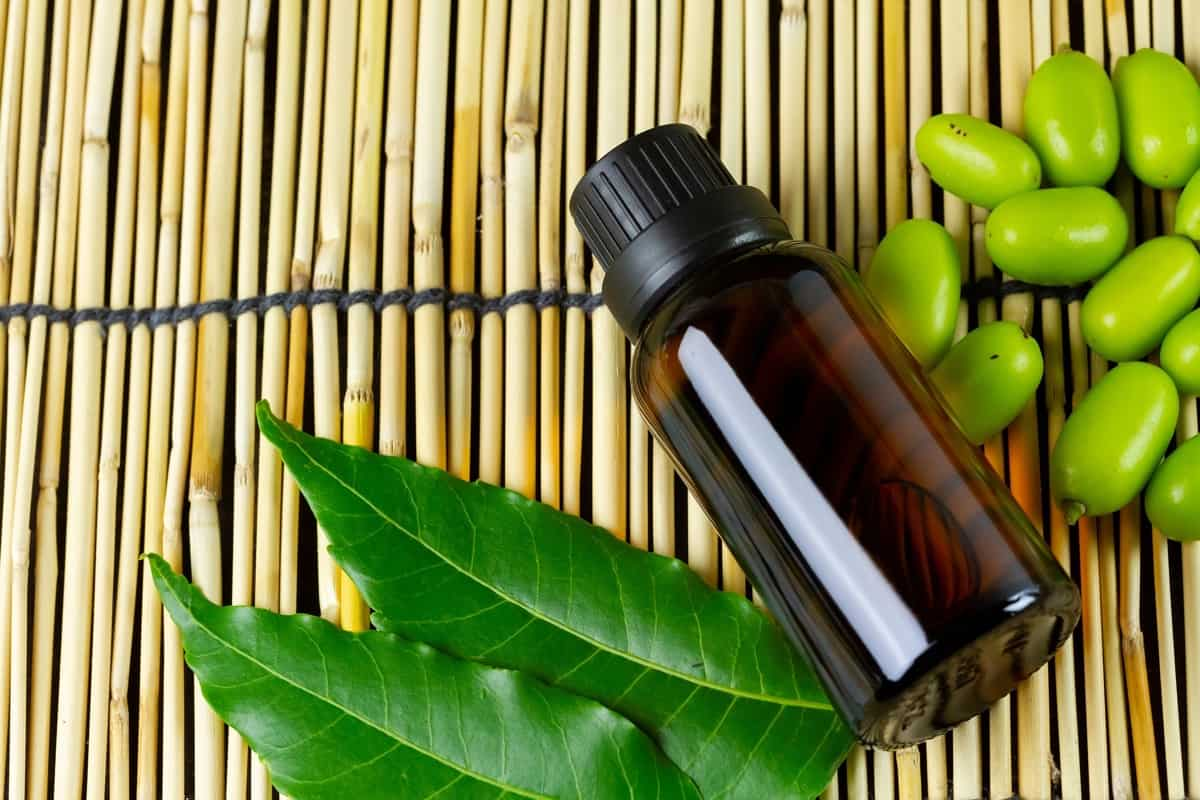
Common pests in Red gram
Blue butterfly
The Blue Butterflies belong to the subfamily Polyommatinae of the large Lycaenidae family. Although, depending on species and gender, not all are blue. More than 80 species of ‘blue’ butterflies occur. Larvae are short, broad, and slug-like. Some species secrete honeydew, a sweet by-product of digestion that attracts ants, and these ants stroke, or “milk,” the larva with their legs to stimulate honeydew secretion.
Identification of pest
- A blue butterfly with an inner margin of two black spots and five black spots on its hind wings is an adult butterfly.
- On the stem, pods, and leaf petioles, it lays 60-200 eggs at a time. Then, in two to ten days, they hatch.
- This pale green or yellow larva measures 13 mm in length and is covered in short black hair.
- The insect feeds on flowers, stalks, and pods. In the pod, the entry hole is plugged with excreta.
- A larval period of 10-21 days with four instars is typical.
- For 5-12 days, it pupates in soil or between fallen leaves.
Damage symptoms
- The larva feeds inside flower buds, green pods with holes, and caterpillars that look like slugs.
- The symptoms are visible on flowers, buds, and seed pods where entry or feeding holes are present.
- In most cases, pod damage is characterized by multiple holes per pod. The sap is secreted from the holes, and the edges of the holes turn black.
Biological control
- The grass blue butterfly population can be controlled by using natural enemies to kill all lepidopteran pests.
- At weekly intervals, release four times 0.6 lakh/acre of egg parasitoids Trichogramma sp.
- Avoid spraying pesticides when parasitoids are observed, such as Telonomus spp., egg parasitoids, and Apnateles spp., larval parasitoids.
Chemical control and Management
- Avoid dense and close planting
- Avoid early or late sowing
- Regular soil digging causes the death of larvae and pupae
- Carbaryl 50 WP at 400 kg/acre
- Insecticides targeting other caterpillars can also control larvae. Cover your plants with Bacillus thuringiensis thoroughly, at least 40 liters per acre.
- Also, neem oil can keep pests at bay.
Gram pod bore
The pest is active throughout the year, but damage to the gram is caused from November to March. It is because it does not hide in the soil during the day but remains in the plants. It has been estimated that a single caterpillar destroys 30-40 pods of a gram in its lifetime, and It has been observed that grown caterpillars feed on tiny larvae of their own. Therefore, damage may be caused from 20-50 percent in the severe infestation.
Identification of the pest
- Eggs are spherical and creamy white, laid singly.
- Larva shows color variation from greenish to brown. Green with dark brown-grey lines laterally on the body with lateral white lines and dark and pale bands.
- Pupa brown in color occurs in soil, leaf, pod, and crop debris
- Adult light pale brownish yellow stout moth. Fore wing grey to pale brown with a V-shaped speck. Hind wings are pale smoky white with a broad blackish outer margin.
Damage symptoms
- During the early stages of the seedling’s growth, the larvae feed on the leaves and destroy the seedlings
- Defoliation in the early stages
- Larva’s head alone thrust inside the pods, and the rest of the body hanging out.
- At the time of pod formation, it is found feeding on the developing grain after cutting a hole in the pod and thrusting its head therein.
In case you missed it: Top 15 Steps to Boost Black Gram Yield: How to Increase Quality and Production
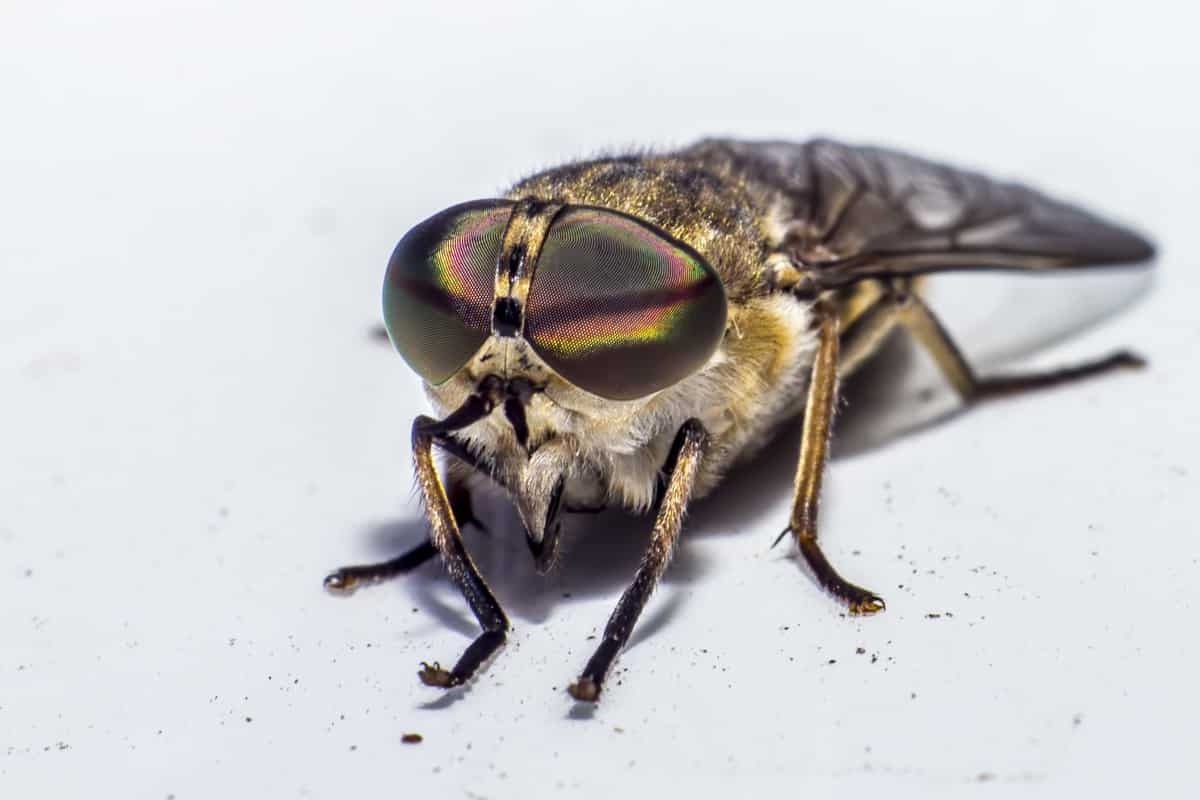
Biological control
- Parasitoids: Trichogramma spp., Tetrastichus spp., Chelonus spp., Telenomus spp., Bracon spp., Ichneumon spp., Carcelia spp., Campoletis sp etc.
- Release predators like Lacewing, ladybird beetle, red ant, dragonfly, spider, robber fly, and reduviid bug can control these pests.
- And praying mantis, black drongo, common mynah, big-eyed bug, earwig, ground beetle, pentatomid bug, etc., will also better control these pests.
Chemical control and management
Apply any one of the following insecticides
| Chemical compound | Dosage/acre |
| Azadirachtin 0.03 % WSP | 1-2.5 kg |
| Bacillus thuringiensis serovar kurstaki 5%WP | 400-500 grams |
| Dimethoate 30% EC | 500 ml |
| Emamectin benzoate 5% | 100 grams |
| Indoxacarb 15.8% SC | 130 grams |
| Chlorantraniliprole 18.5 SC | 60 grams |
| Spinosad 45%SC | 50-65 ml |
- Apply NSKE 5% twice, followed by triazophos 0.05%
- Neem oil 2%
- Phosalone 0.07%
Spotted pod borer
The Spotted stem borer is a stem-boring insect that is a serious pest of maize, millet, red gram, and sorghum. The spotted stem borer caterpillars damage these crops by boring or tunneling inside their plant stems. It attacks stems, peduncles, flowers, and pods of various hosts, such as gram, lablab, chill, peanut, tobacco, cotton, soybean, sesame, sugarcane, castor, and wild hosts. The larva of M vitrata continues to feed inside after rolling and webbing. Seedlings are infested until they reach the podding stage, with temperatures between 20 and 28°C preferred. Spotted stem borer is estimated to cause yield losses of 20-50%.
Identifying pest
- The eggs are laid on leaves, terminal shoots, and flower buds. A freshly laid egg is milky white in color, oval in shape, and flattened dorsoventrally.
- Larvae are greenish-white with brown heads. The larval period is 15-20 days
- Pupation takes place in dry leaves and debris
- Adults have brown forewings and white hind wings
Damage symptoms
- The young larvae usually attack buds and flowers, and older ones bore into maturing pods.
- The flowers and pods are webbed together by frass produced by the larva.
- A larva may consume 4-6 flowers before larval development is completed.
- The larvae totally or partially eat out seeds in the damaged pods.
- The adult female moth lays light yellow, translucent eggs in groups on flower buds and flowers, developing pods, leaf axils, shoots, etc.
Biological control
- Natural enemies can largely control spotted pod borer. However, members of parasitoid flies (Tachinidae) and wasps (Braconidae & Ichneumonidae) can limit pest populations.
- With predators such as lacewings, ladybird beetles, spiders, red ants, dragonflies, robber flies, reduviid bugs, and praying mantises, M vitrata can reduce infestations by up to 98%.
- Using neem oil or BT formulations is recommended only once during the crop season or after an infestation is detected.
Chemical control
Apply any one of the following insecticides: (Spray fluid 250 ml/acre)
| Chemical compound | Dosage/ acre |
| Azadirachtin 0.03 % WSP | 1000 grams |
| Bacillus thuringiensis serovar kurstaki 5%WP | 400-500 grams |
| Dimethoate 30% EC | 500 ml |
| Emamectin benzoate 5% SG | 100 grams |
| Indoxacarb 15.8% SC | 130 ml |
| Chlorantraniliprole 18.5 SC | 60 ml |
| Spinosad 45%SC | 50-65 ml |
Pod fly
Damage is caused by the larva of Melanagromyza obtusa, which feeds on the walls of developing grain. The adult flies (2-5 mm long) lay their eggs in the wall of immature pods of Red gram and other host plants. The hatched larvae are creamy white, while the pupae appear orange-brown. The larva will bore just under the epidermis of the seed without rupturing the seed coat. Later, it bores itself into the cotyledons. The final instar larva leaves the seed and windows the pod before pupation.
In case you missed it: Best Fertilizer for Black Gram: Organic, Compost, NPK, How and When to Apply
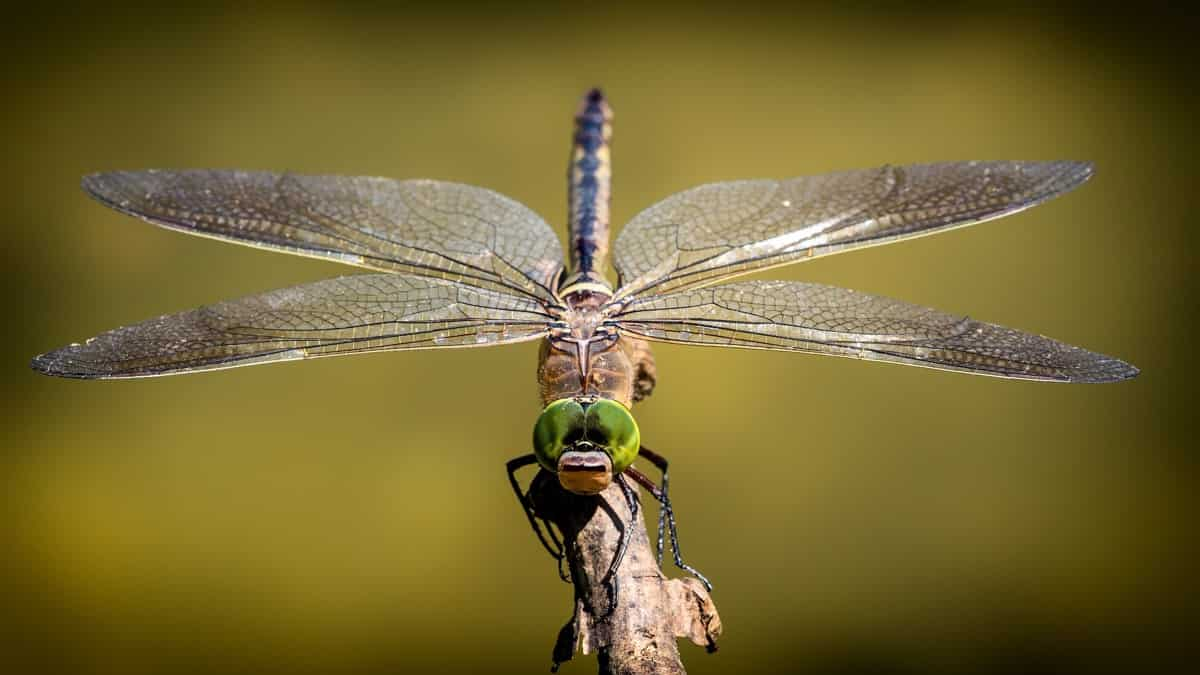
Identification of pest
- The adult female oviposits in the tender pods. Eggs measure about 0.97 mm in length and 0.15 mm in breadth.
- A freshly hatched maggot is transparent. A mature larva measures about 3.5 mm in length and is white.
- Orange-brown pupal cases are about 3 mm long, with posterior spiracles prominently positioned on tubercles that are joined basally.
- Observed under magnification, both males and females have a distinct, green metallic sheen on their thorax and abdomen. Metallic green ocellar triangles extend from the head to the lunule. Its ovipositor sheath is unusually long and black.
Damage symptoms
- The larva feeds on the developing grain.
- After the fully grown larvae chew holes in the pod walls, the infested pods show no external signs of damage. As a result, they bore into the grains and made tunnels inside.
- This hole provides an emergency “window” for adults to exit the pod.
- Damaged grains do not mature, and the fungus may develop in the grain due to excreta.
- The infested grains lose their viability
Biological control
- Release parasitoids such as Euderus lividus, Eurytoma spp., Senegalella spp., Ormyrus Orientalis, etc., will prey on eggs and larvae.
- Release pod fly predators like Spiders, reduviid bugs, robber flies, dragonflies, etc.
Chemical control
- Spray monocrotophos 36 SL at 1 ml/lit or endosulfan 35 EC 2.0 ml/lit of water at 50 % flowering stage, and after 10 – 15 days, neem seed kernel extract should be used.
- Spray os Acephate 75SP 1g/lit of water.
- Spray Monocrotophos, Acephate, or Lambda-cyhalothrin at the flowering stage and then again after 10-15 days.
- Alternating sprays in one season is advised to prevent resistance to specific insecticides.
Conclusion
The above-discussed pests and diseases will significantly affect yield and crop quality. Therefore, you should be aware of the symptoms and their control methods to prevent the disease’s further transmission and control the pests.
- Economical Aquaculture: A Guide to Low-Budget Fish Farming
- 15 Common Planting Errors That Can Doom Your Fruit Trees
- How to Make Houseplants Bushy: Effective Tips and Ideas
- Innovative Strategies for Boosting Coconut Pollination and Yield
- Pollination Strategies for Maximum Pumpkin Yield
- The Complete Guide to Chicken Fattening: Strategies for Maximum Growth
- Natural Solutions for Tulip Problems: 100% Effective Remedies for Leaf and Bulb-Related Issues
- Revolutionizing Citrus Preservation: Towards a Healthier, Greener Future
- Natural Solutions for Peony Leaf and Flower Problems: 100% Effective Remedies
- Maximizing Profits with Avocado Contract Farming in India: A Comprehensive Guide
- Natural Solutions for Hydrangea Problems: 100% Effective Remedies for Leaf and Flowers
- The Ultimate Guide to Choosing the Perfect Foliage Friend: Bringing Life Indoors
- From Sunlight to Sustainability: 15 Ways to Use Solar Technology in Agriculture
- The Ultimate Guide to Dong Tao Chicken: Exploring from History to Raising
- The Eco-Friendly Makeover: How to Convert Your Unused Swimming Pool into a Fish Pond
- Mastering the Art of Delaware Chicken Farming: Essentials for Healthy Backyard Flocks
- 20 Best Homemade Fertilizers for Money Plant: DIY Recipes and Application Methods
- How to Craft a Comprehensive Free-Range Chicken Farming Business Plan
- Brighten Your Flock: Raising Easter Egger Chickens for Beauty and Bounty
- How to Optimize Your Poultry Egg Farm Business Plan with These Strategies
- Subsidy for Spirulina Cultivation: How Indian Government Schemes Encouraging Spirulina Farmers
- Ultimate Guide to Raising Dominique Chickens: Breeding, Feeding, Egg-Production, and Care
- Mastering the Art of Raising Jersey Giant Chickens: Care, Feeding, and More
- Ultimate Guide to Raising Legbar Chickens: Breeding, Farming Practices, Diet, Egg-Production
- How to Raise Welsummer Chickens: A Comprehensive Guide for Beginners
- How to Protect Indoor Plants in Winter: A Comprehensive Guide
- Ultimate Guide to Grow Bag Gardening: Tips, Tricks, and Planting Ideas for Urban Gardeners
- Guide to Lotus Cultivation: How to Propagate, Plant, Grow, Care, Cost, and Profit
- Agriculture Drone Subsidy Scheme: Government Kisan Subsidy, License, and How to Apply Online
- Ultimate Guide to Raising Araucana Chickens: Breed Profile, Farming Economics, Diet, and Care
- Bringing Hydroponics to Classroom: Importance, Benefits of Learning for School Students
- Ultimate Guide to Raising Polish Chickens: Breed Profile, Farming Economics, Diet, and Care
- Ultimate Guide to Raising Australorp Chickens: Profile, Farming Economics, Egg Production, Diet, and Care
- Silkie Chicken Farming: Raising Practices, Varieties, Egg Production, Diet, and Care
- Sussex Chicken Farming: Raising Practices, Varieties, Egg Production, Diet and Care
- Homemade Feed Formulations for Livestock: Discover Cost-effective Starter to Finisher Feed Recipes